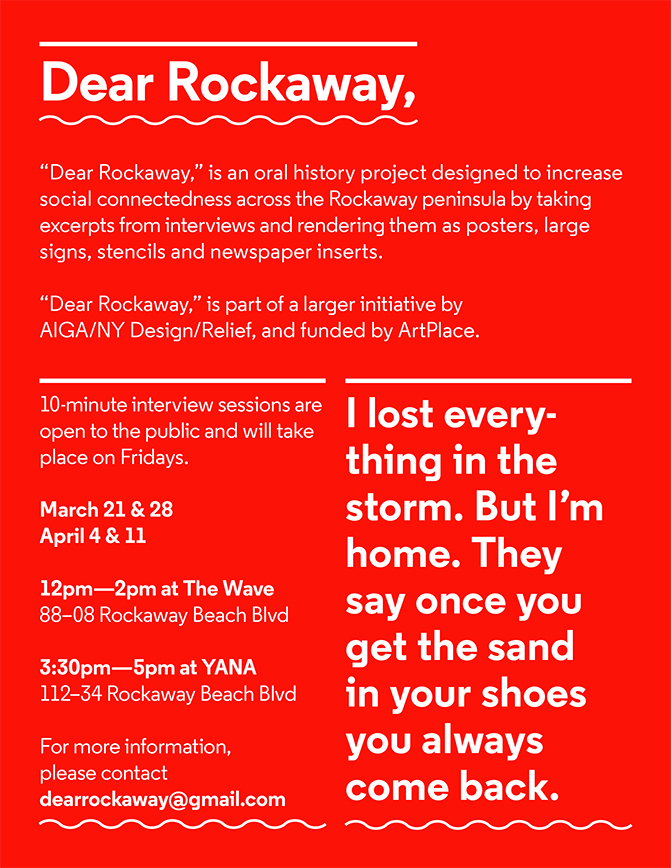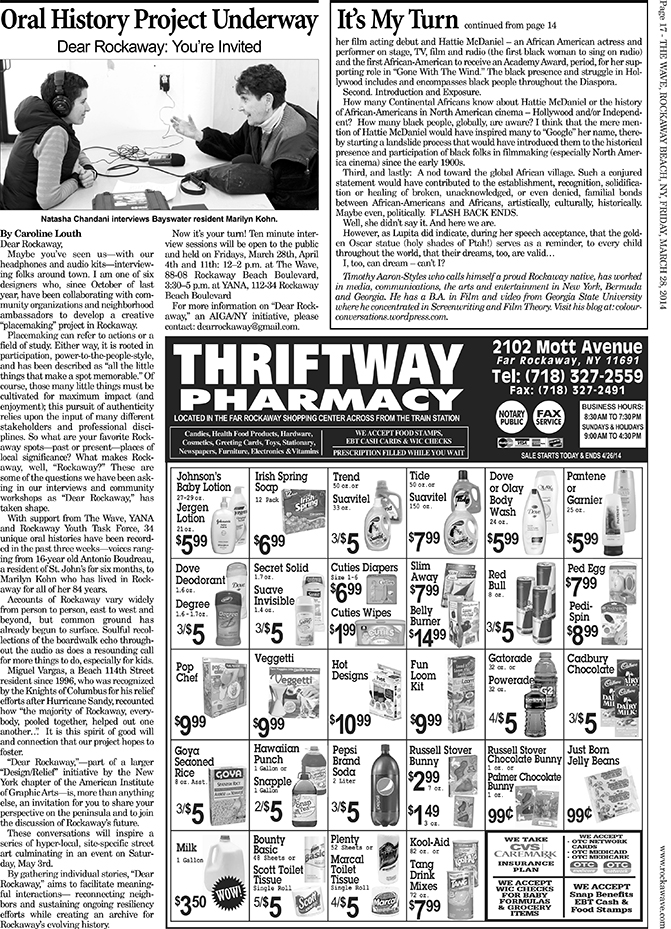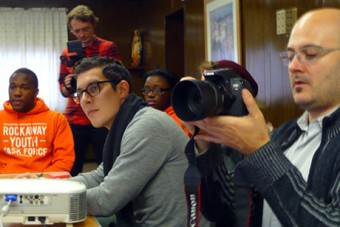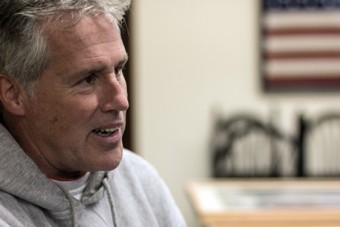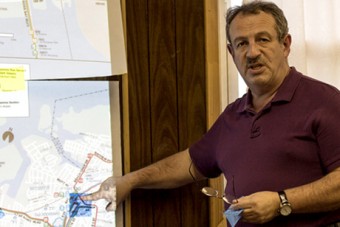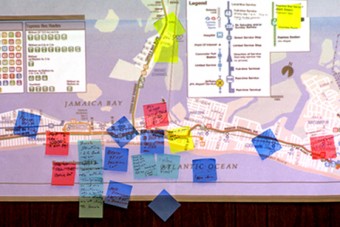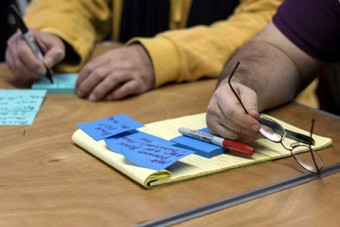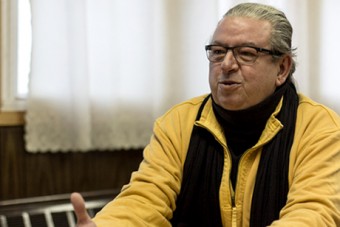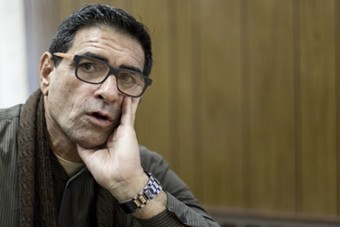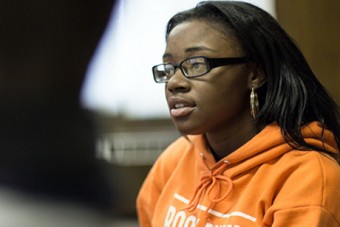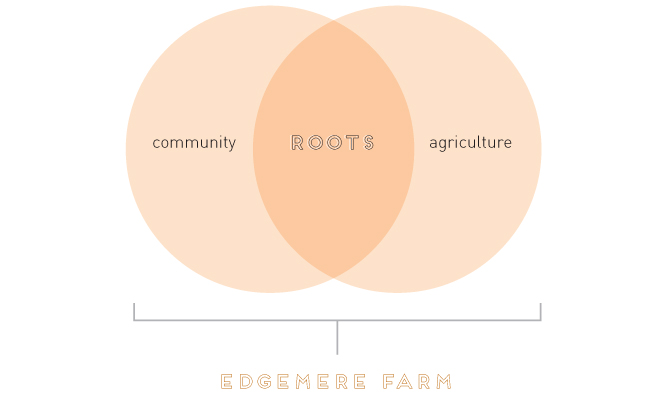Design/Relief
Rockaways
ROCKAWAY TEAM
Designers Natasha Chandani and Danielle Aubert, Placement Publication, founders
with Zach and Greg Mihalko, Partners and Partners, founders
Community Outreach Strategist
Daniel Latorre, The Wise City, founder
Storytellers Carolyn Louth, art director and Rich Tu, illustrator
Wednesday 16 April 2014
Recording Rockaway Oral Histories
One extra session added this coming Friday April 18, from 12-2PM, at The Wave, B90th Street: Last chance to get your Rockaway story recorded! As part of the “Dear Rockaway” project, our team has been setting up open interview times over the past months inviting local residents to share their impressions of the peninsula, memories, happy and sad, wishes and hopes. The collected quotes will be used to create a series of wild posters and inserts in the 100-year old weekly, The Wave, to bring back a living portrait of this place.
Saturday 29 March 2014
“The Wave” Letters
Every week, our Rockaway team storyteller, Carolyn Louth, addresses the locals with her “Dear Rockaway” letter, which provides at once transparency, updates and news about the progress of our project in the Rockaway, in her inimitable, light, friendly yet convincing tone. The team has opted to leverage the strategic media channel of the Wave to inform, communicate and recruit potential participants in the oral history project which, not only has catalyzed a latent interest in the Rockaway Museum, but also had fed fresh content into the designers’ messaging strategy.
Saturday 11 January 2014
TeamRock Visioning the Rockaways
KNIGHTS OF COLUMBUS MEETING at B90th Street, DECEMBER 4, 2013
All Photos: Carolyn Louth and Daniel Latorre
Knights of Columbus Rockaway Council kindly provided a meeting space for TeamRock to host its first community roundtable, and we made our way to their hall’s second floor on a wintry, Wednesday afternoon in December. Once gathered in a cozy den of wood paneling, friendly introductions were followed by community engagement strategist Daniel Latorre’s reassurance that this would be no ordinary, boring meeting but a “visioning workshop” — participatory design in action!
To start, we reviewed the AIGA/NY Design/Relief initiative and spoke to its inclusive, comprehensive and communications-driven nature —graphic design’s approach to creative placemaking. No sooner had we said the word “placemaking” we were asked to explain it, which we were prepared to do via slide show of high-impact, high-profile examples. However, these references were merely “tip of the iceberg” and not meant to be “menu items” from which to choose a project or to be seen as the extent of our group’s abilities.
(left to right) Kevin Boyle, Managing Editor of The Wave; Dan Guarino, Associate Editor of The Wave and President of Rockaway Artists Alliance.
Next on the agenda, TeamRock recapped our “Research and Discovery” to-date, recounting previous site visits to the Rockaways and common ground we observed between community organizations. One of the most articulated, shared beliefs was that “Resiliency” needed to span the peninsula both structurally and socially. In fact, this finding led us to frame our workshop with the theme “Meet Your Neighbors” (which could potentially become TeamRock’s project or a subsequent campaign for bridging neighborhoods, strengthening coalitions and fostering collaboration on the Rocks). Now onto the inter-activities…
1) For the first exercise, Daniel projected a map of the Rockaways onto the wall and asked community members to consider “places” of local significance and to write them down on Post-It notes. A brainstorming of site specifics ensued: places to gather, places to improve, places to avoid, places of historical reference, places poised for activation, etc… Minutes later and one-by-one, participants voiced their ideas and added their respective Post-Its to the map.
(left to right) Mapping the Rockaways; Participants were asked to brainstorm and share places of local significance
Noteworthy places included:
• The Madelaine Chocolate Company
• Under the El (locals refer to the El for the elevated subway line)
• Key Foods Plaza at B90th Street
• Beach Lifeguard Stations
• Bayside Bike Path
• NYSERTA Green Jobs Training Trailers
• The New YMCA
• “Think Central /Geographically” ref: MoMA Dome
• Far Rockaway / Mott Street
• Beach 116th, especially summer foot traffic
• Boardwalk
• O’Donohue State Park / Skate Park
• Haunted Hospital
• Fort Tilden Campus Buildings
• Beach 59th, a huge public housing development
2) For our second activity, “Spectrum of Allies,” we explored possibilities for partnerships and were pleasantly surprised to find the number of civic groups stacked in our favor (more “actively supportive” than “actively opposed,” though many organizations were listed with caveats of “case by case,” “depends on their mood,” “depends on the project”).
(left to right) Christian LeGars, Director of Rockaway Artists Alliance; Sal Lopizzo, Founder of YANA [You Are Never Alone] Community Center.
3) And lastly, the eagerly anticipated “Visioning Brainstorm.” Daniel set the stage, offering the following scene: “It’s May 2014, and we’ve just completed the project. We’re gathering to celebrate. What just happened, what does it feel like, what are we left with?”
Milan Taylor, Founder and President of Rockaway Youth Task Force, answered right away that he’d love to see something “Banksy-esque” — a sudden, mysterious, anonymous act that leaves locals inspired but also wondering who did it and why. Drawn to the proactivity and immediacy of such projects, he liked that they incite action and do not ask permission.
Jazmine Outlaw, Secretary of Rockaway Youth Task Force
Milan also brought to our attention a “HUGE” constituency that no one seems to tap — public housing. He was speaking primarily of the Hammel Houses, fourteen low-rise buildings, home to almost 2,000 residents between Beach 81st and Beach 86th. Chairo, organizer at Rockaway Wildfire commented that in general, housing residents feel left out. This is especially upsetting for those who are older, lived in a place for forty+ years, and were not included in any outreach or development efforts.
Back to the visioning workshop: art healing and art therapy programs offered by the Rockaway Artists Alliance were referenced. This led to a cheerful reflection on the HOPE Stars — handmade cards in the shape of stars that poured into the Rockaways from outside communities shortly after the storm. Incredibly colorful and uplifting, the stars canvassed the streets and carried sincere messages from the kids who had crafted them. Milan, of Rockaway Youth Task Force, recalled: “In my mind, when I remember the time after Sandy, everything was gray. These stars are the only color I remember.” This prompted a larger discussion of color and how the overall tone of the Rockaways has changed from that of vibrant, natural riches to one of endless overcast, drab and bleak.
It was not surprising, then, that the biggest crowd pleaser of the brainstorming session was a charismatic “Yellow Brick Road” idea. Inspired by sidewalk painting, Milan, of Rockaway Youth Task Force, suggested a type of foot path that “if you followed it, you would see all of the cool things the Rockaways has to offer.”
Such a “path” could manifest in many ways: a cohesive system of kiosks and signage, digital or street-level wayfinding accented by a series of posters wheatpasted in key locations, further supported by full page or editorial features circulated by The Wave. Or perhaps “Yellow Brick Road” was not physical at all but a culmination of information, a centralization of Rockaways resources and relevance (both current and historical content).
Excitement abounded at the thought of the Rockaways having its own visual identity — an overall design treatment that unified the peninsula while signifying and honoring the individuality of respective people and places. Whether such indicators were customized to appear by subway station, by intersection, by neighborhood block or community organization, a comprehensive “Rockaways” communications system would cultivate a collective, cultural identity. Maybe more importantly, it could bolster social resiliency on the Rocks by amplifying existing efforts, promoting local events and facilitating new connections between people, within places.
Tuesday 5 November 2013
DESIGN/RELIEF: OCTOBER PRESS RELEASE

Contact: Laetitia Wolff
Program Director
(212) 710-3156
email hidden; JavaScript is required
AIGA/NY Announces Final Selection of Design/Relief TeamsDesign/Relief teams begin collaborations in Red Hook, the Rockaways and South Street Seaport on the one-year anniversary of Hurricane Sandy as part of AIGA/NY’s efforts to inspire communities through graphic design
For immediate release: New York, October 28, 2013: AIGA/NY announces final selection of Design/Relief teams. Design/Relief is a participatory design initiative that aims to support three New York City neighborhoods – Red Hook, the Rockaways and South Street Seaport – imagine a more vibrant future for themselves as they overcome the lingering effects of Superstorm Sandy. This special project of the New York chapter of AIGA explores design’s potential in defining and expanding creative placemaking to positively transform communities. Design/Relief is supported by an innovation grant from ArtPlace America.
This designer-led initiative will establish collaborations with various partners-stakeholders, who can reflect the diversity of interests in a given community, but not necessarily with one single client in mind. Each Design/Relief team will work collaboratively with their respective sites (Red Hook, Rockaways and South Street Seaport) to develop an implementable design concept that addresses livability, legibility, navigability and vibrancy.
Each team includes one to two graphic designers tasked to identify an opportunity and a way to materialize a meaningful, neighborhood-specific design project, supported by one or two community engagement strategists who will focus on outreach and participation, along with one or two storytellers who will visually document the design process and create visibility for the project through regular blog reports. Each team will work with the community to leverage existing assets and efforts while they contribute to creative placemaking definitions and build a case study to inspire other AIGA chapters across the country to take on similar design-led initiatives.
COMPLETE LIST OF DESIGN/RELIEF TEAM MEMBERS
AIGA/NY Executive Board: Willy Wong, Glen Cummings and Manuel Miranda
AIGA/NY Design/Relief Program Director: Laetitia Wolff
RED HOOK TEAM
Designers Anke Stohlman, Lil’Robin, principal with Alicia Cheng and Sarah Gephart, mgmt., principals
Community Outreach Strategists
Amplifier Project (Jerome Chou, James Andrews and Stephen Zacks)
Storyteller
David Al-Ibrahim, communication designer and writer
ROCKAWAY TEAM
Designers Natasha Chandani and Danielle Aubert, Placement Publication, founders
Community Outreach Strategist Daniel Latorre, The Wise City, founder
Storytellers Carolyn Louth, art director with Rich Tu, illustrator
SOUTH STREET SEAPORT TEAM
Designer Yeju Choi, NowHere Office, Creative Director
Community Outreach Strategists
Francesca Birks and Josh Treuhaft/ARUP
Storytellers Cristian Fleming and Stephanie Lukito, Public Society, infographics designers
“This curated group really fits the profile of participants we were aiming to recruit, i.e. skilled mediators, resourceful thinkers and makers, eager to collaborate and bring their design-focused vision to help reinvigorate a sense of identity in these waterfront neighborhoods still hit hard as we approach the one-year anniversary of Sandy,” says Laetitia Wolff, program director of the initiative. The stellar cast of emerging designers features varied and complementary backgrounds in editorial design, interactive design, digital strategy, art direction, photography and illustration, as well as activists familiar with community engagement.
The Design/Relief teams were introduced at a recent kick-off event, which included a presentation of the program’s framework, goals, team structure and collaborative approach. A selection of community representatives from the three neighborhoods also shared their experience and perspectives, providing inspiring, informative and touching testimonies. Stakeholders ranged from NYC Small Business Services grant managers focused on cohesion in the South Street Seaport merchants community, photographers documenting the effects of Sandy on low-income residents and independent business owners of the Rockaways to social services and community activists in Red Hook. The presence of these community leaders marked the first step towards establishing a partnership with neighborhood associations and nonprofits, small businesses, Business Improvements Districts (BID), and individuals who have a vested interest in rebuilding efforts in these neighborhoods.
“Design/Relief hopes to foster a sense of camaraderie among its participating members, and encourage discussion around graphic design’s creative process and capacity for social and cultural impact, while modeling methods of engagement and eventually setting standards of best practices in the field of community-centered design,” says Willy Wong, President of AIGA/NY.
As part of the Design/Relief ecosystem, AIGA/NY will develop a series of public programs to create interactive moments for both the selected team members and the design community at large, while expanding the conversation around creative placemaking in each of the neighborhoods. AIGA/NY was proud to invite inspiring leaders in community development such as UK-based expert Donald Hyslop, Head of Regeneration and Community Partnerships at Tate Modern, London. “I really enjoyed my visit to Red Hook. As the area rebuilds I hope there will be many opportunities for creative projects, both temporary and permanent, to be developed in partnership with and for local people. Design/Relief has a vital role to play in this work and I look forward to keeping in touch with the project,” says Hyslop.
For complete biographies of the team members, visit here
If you are interested in receiving dedicated emails regarding DESIGN/RELIEF please update your email preferences here.
About AIGA/NY
AIGA/NY is the largest chapter of AIGA, the nonprofit professional association for design. Founded in 1914 and headquartered in New York City, AIGA has brought design to the world, and the world to designers. The New York Chapter aligns with AIGA’s overall mission to advance design as a respected craft, strategic advantage and vital cultural force. From content that defines the global practice to events that connect and catalyze, AIGA/NY works to enhance the value and deepen the impact of design on business, society and our collective future. Learn more: 2006.aigany.org and follow us on Twitter at @aigany.
About ArtPlace America
ArtPlace America provides grants and loans, supports research, and conducts outreach and advocacy. To date, ArtPlace America has awarded 134 grants totaling $42.1 million to 124 organizations in 79 U.S. communities (and a statewide project in the state of Connecticut). Foundations participating in ArtPlace America include Bloomberg Philanthropies, The Ford Foundation, The James Irvine Foundation, The John S. and James L. Knight Foundation, The Kresge Foundation, The McKnight Foundation, The Andrew W. Mellon Foundation, The William Penn Foundation, The Rockefeller Foundation, Rasmuson Foundation, The Surdna Foundation, and two anonymous donors. ArtPlace America also seeks advice and counsel from close working relationships with various federal agencies, including the National Endowment for the Arts, the departments of Housing and Urban Development, Health and Human Services, Agriculture, Education, and Transportation, along with leadership from the White House Office of Management and Budget and the Domestic Policy Council. ArtPlace America is also supported by a $12 million loan fund capitalized by six major financial institutions and managed by the Nonprofit Finance Fund. Participating institutions are Bank of America, Citi, Deutsche Bank, Chase, MetLife, and Morgan Stanley.
DESIGN/RELIEF INITIATIVE IS FUNDED BY:
Saturday 2 November 2013
Rockaway Farm Site Visit
TeamRock Visits Edgemere Farm, November 02, 2013
Food entrepreneur David Selig invited us to visit his new venture, an urban farm being developed in partnership with educator and beer-family heir Matt Sheehan on Beach 46th Street.
Seeking “hyperlocal vertical integration,” Selig gives examples of how Edgemere Farm could mitigate food deserts and cultivate community: sublease plots of land for individuals to grow their own ingredients (whether for restaurants, households or grocery stores), and /or explore, through Matt’s connections, producing “Rockaway Hopps” for breweries to use in their namesake beers…
Either way, Selig insists they are not an NPO but a farm intent to grow for market. “We’d rather kids have an interest in agriculture than gardening.”
Rockaway Doctors of the World Clinic Visit
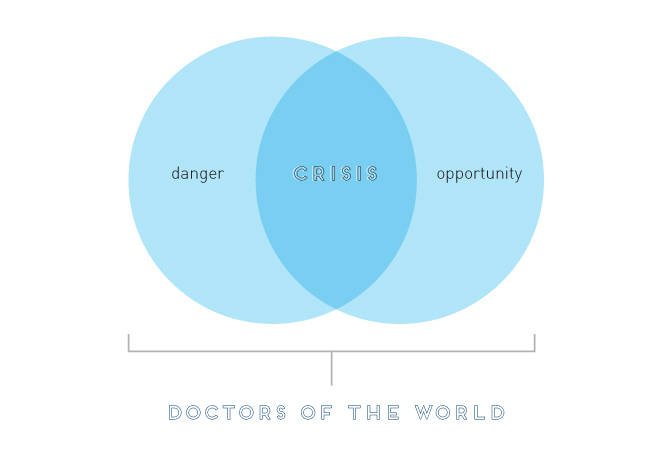
Doctors of the World [DoW], a relief group usually found in countries devastated by war, has opened its first US clinic—in Rockaway! What, really!?
Harry Chang, Executive Director of DoW, explained that they believe health care is a fundamental right and that physicians should advocate for social justice in addition to being practitioners. In Rockaway, the shortage of health care services is so severe that it is designated a “chronically underserved population”; in other words, there are third world conditions of poverty and neglect on the peninsula that need to be addressed. DoW has responded by providing free patient care while pursuing long-term solutions in public policy, ever mindful that, in Chinese, the word “crisis” is actually comprised of two characters: danger and opportunity…
Link to: http://doctorsoftheworld.org/rockawaysfreeclinic/
Wednesday 30 October 2013
Rockaway Sandy Anniversary Tour
GETTING ACQUAINTED, OCTOBER 23, 2013 in the Rockaways
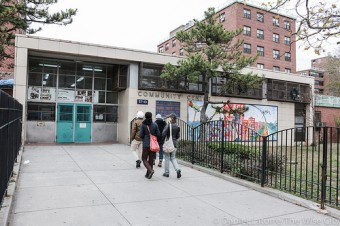
The Rockaways, Action Center, 57th Sreet&Beach Channel – Photo Daniel Latorre
Flat gray sky. Flat gray water. Carpool stops briefly to look out over Broad Channel where a small, family-run marina used to be; the docks have not been rebuilt. Onto the Rockaways where we camp at Veggie Island, an organic market / juice bar central to both the peninsula and to Wildfire community organizers—three of whom happened by while we were there! Our morning of serendipitous introductions paired well with an afternoon fully scheduled at community centers around town.
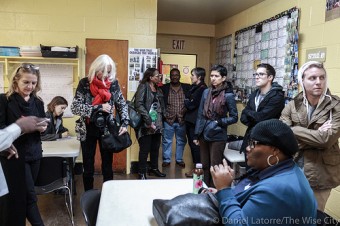
Meeting with the Action Center’s founders – Photo Daniel Latorre
We met with folks at the Action Center, YANA and the Rockaways Youth Task Force before dashing to Floyd Bennett Field to attend a Federal Energy Regulatory Commission [FERC] meeting where the public officially voiced their opposition to the impending Rockaway Pipeline.
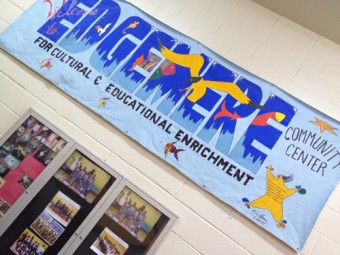
The Action Center’s lobby – Photo Carolyn Louth
ACTIVISTS, OCTOBER 26, 2013, From Union Square to The Rockaways
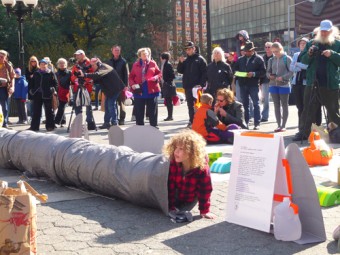
Anti-fracking demo on Union Square echoing the current Rockaways pipeline threat – Photo Carolyn Louth
Crisp, sunshiny Saturday. Ideal for being outside, whether putting up a sculpture or putting up a fight… In Union Square, we made our way through the swarming farmers’ market—a fitting backdrop for the rally we were attending as the issue at hand is an extensive natural gas network that threatens the very farmland supplying NYC’s markets and restaurants.
Playful props such as a “pipeline”tunnel for kids to wriggle through further engaged the crowd. On to the Rockaway Hip Hop Community Garden for the unveiling of Sea Song, a 16ft sculpture assembled from salvaged materials and a symbol of community collaboration. Those affected by Hurricane Sandy also paid tribute with live music performances, spoken word and by creating the “Resiliency Flags” now strung colorfully from the freshly installed artwork.
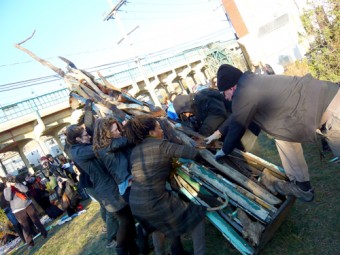
Raising Resiliency flags in the Rockaways – Photo Carolyn Louth
